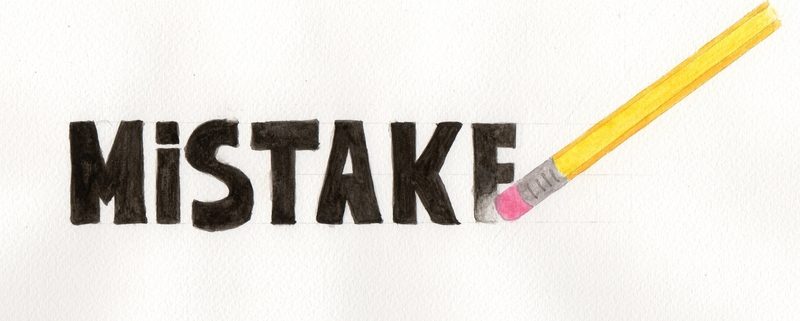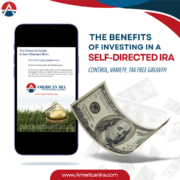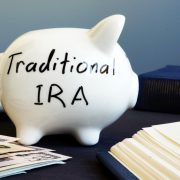Don’t Make this Self-Directed “Traditional vs. Roth IRA” Mistake
Do you know the difference between a Roth IRA and a Traditional IRA? It’s a bit of a pop quiz, but it highlights just how important it is to know your retirement accounts. Many people think they know what a Roth IRA does, but they may not know what a Traditional IRA does, and vice versa. With that in mind, why do so many investors make a decision as to which investment account or Self-Directed IRA is better for them, especially when they haven’t weighed all the options?
To help clarify, we thought we’d put together a brief primer on what separates a Self-Directed Traditional IRA from a Self-Directed Roth IRA. Here’s what you’ll need to know.
The Self-Directed Roth IRA: Key Attributes
The Roth IRA is a favorite among investors because of its ability to use after-tax contributions. At first glance, it might seem like a bad idea to use after-tax contributions, because that means that you don’t save money on your taxes in the short term. However, the Roth IRA’s designation of after-tax contributions means it’s more flexible to use. After all, that money has already been taxed; the IRS is less concerned with how people use after-tax money, since they’ve already collected the taxes owed.
This isn’t to say you can do whatever you want with a Roth IRA. There are still rules to pay attention to. However, what is important to note is that there’s more flexibility in two key areas:
- Taking money out that you’ve already contributed. After-tax money, after all, already has the taxes paid on it, so you’ll have more flexibility here than you would. You don’t owe taxes on money that’s already been taxed. With a Traditional IRA, taking money out would create a taxable event, even if you only take out your own contributions.
- More options later in retirement. Since the money is already taxed—again, that’s an important point—investors can keep the money growing in a Roth IRA, with no required minimum distribution (RMD) after a certain age. RMDs are required for Traditional IRAs, however, so this represents a clear boundary between the two types of accounts.
The Self-Directed Traditional IRA: Key Attributes
Naturally, since the Traditional IRA uses before-tax money for contributions, it changes the game in a massive way. On the one hand, you can save short-term money by reducing your tax burden every year. On the other hand, you will have to pay taxes on that money when you take it out once you hit retirement age, and you will face RMDs that force you to remove this money from the account after a certain age.
The Mistake Most People Make in Weighing Traditional vs. Roth IRAs
The mistake most people make when weighing both? Not thinking about it. You should think about whether you want more options in retirement than you do now, or if you want to save money because you have a higher income now than you anticipate in retirement. It ultimately comes down to you, your plan, and what you believe will happen in the future.
As a Self-Directed IRA administration firm, we don’t offer specific investment advice along these lines. What we can do, however, is tell you all about the accounts that you’re looking into. Want to know more about how they work?
Interested in learning more about Self-Directed IRAs? Contact American IRA, LLC at 866-7500-IRA (472) for a free consultation. Download our free guides or visit us online at www.AmericanIRA.com.









